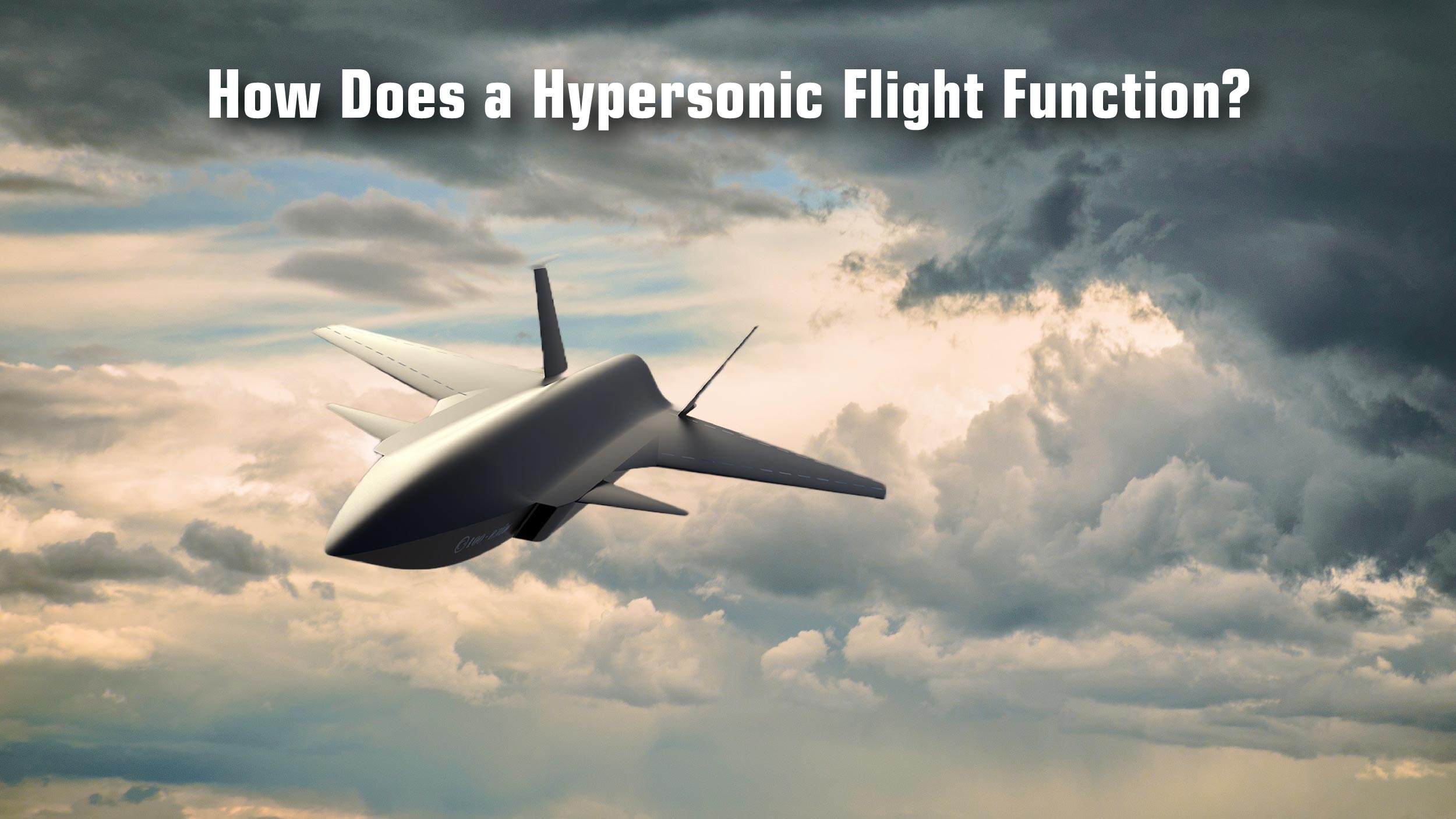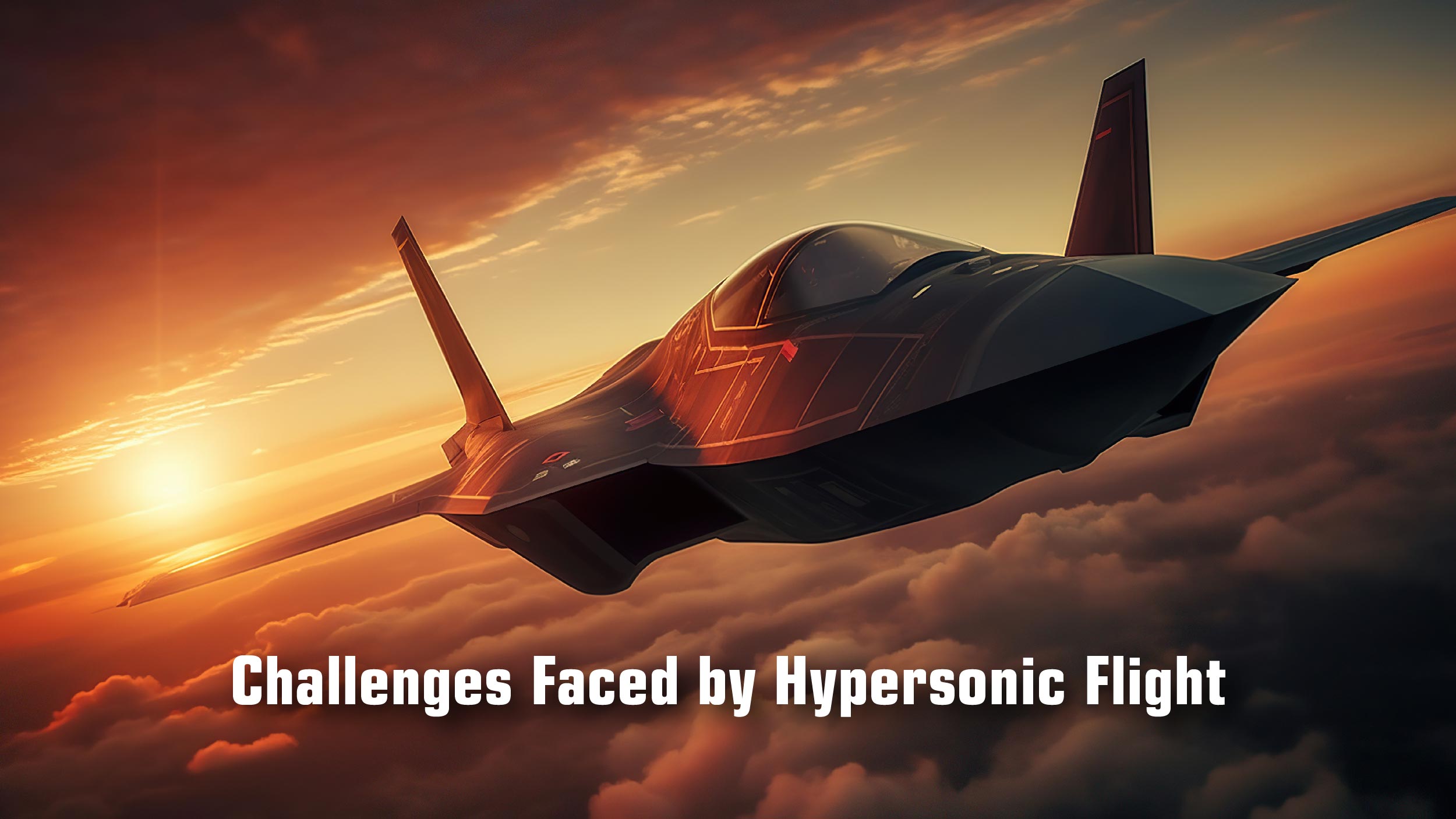Hypersonic flight is a concept that has fascinated scientists and engineers for decades. With the ability to travel at speeds exceeding Mach 5 (five times the speed of sound), these flight holds the promise of revolutionizing air travel, space exploration, and military capabilities. In this blog, we will delve into the world of this innovative flight, exploring its definition, applications, benefits, challenges, and potential impact on the future of transportation and beyond.
What is Hypersonic flight?
Hypersonic flight (supersonic flight) refers to the ability of an aircraft or vehicle to travel at speeds greater than Mach 5, or approximately 6,174 kilometers per hour (3,836 miles per hour). At these incredible speeds, the vehicle experiences extreme temperatures, high pressures, and aerodynamic forces. Hypersonic flight can be achieved through various propulsion methods, including scramjet engines, liquid fuel rockets, or hybrid propulsion systems.
Decoding the Applications
The potential applications of supersonic flight are vast and offer exciting possibilities across several sectors. One of the primary areas of interest is in the field of air travel. With hypersonic aircraft, long-distance journeys that currently take hours could be completed in a matter of minutes. This could revolutionize the aviation industry, making international travel faster and more accessible.
Another significant application of hypersonic flight is in space exploration. Traditional rocket launches are costly and time-consuming. Hypersonic vehicles could provide a more efficient and cost-effective means of reaching space, enabling faster exploration and potentially opening up new frontiers for human habitation.
Also Read : Iridium to Expand its Reach as a Global Alternative PNT Service with Acquisition of Market Leader Satelles
In addition to aviation and space, these flight has military applications. Hypersonic missiles could offer unparalleled speed and maneuverability, making them extremely difficult to intercept or defend against. These missiles could provide a significant advantage in military conflicts and act as a deterrent against potential adversaries.
How Does a Hypersonic Flight Function?

Here’s an overview of how hypersonic flight works:
Speed: Supersonic flight involves achieving speeds greater than Mach 5, which is five times the speed of sound. At these speeds, the vehicle experiences extreme aerodynamic heating due to air compression and friction.
Aerodynamics: Hypersonic vehicles typically have sleek designs with sharp leading edges to minimize drag and maximize aerodynamic efficiency. The shape of the vehicle is optimized to reduce air resistance and improve performance at high speeds.
Propulsion: Hypersonic vehicles are powered by advanced propulsion systems capable of generating thrust at extremely high speeds. Various propulsion technologies, including scramjets (supersonic combustion ramjets) and rocket engines, are used to achieve hypersonic speeds.
Scramjets: Scramjets are air-breathing engines that operate efficiently at hypersonic speeds. Unlike traditional jet engines, which compress air using rotating compressor blades, scramjets rely on the high speed of the incoming air to compress and ignite the fuel. This allows scramjets to operate at speeds beyond the capabilities of traditional jet engines.
Thermal Protection: One of the key challenges in supersonic flight is managing the extreme heat generated by air compression and friction. Hypersonic vehicles are equipped with advanced thermal protection systems, such as ablative heat shields and active cooling systems, to withstand the intense temperatures encountered during flight.
Control Systems: Hypersonic vehicles require sophisticated control systems to maintain stability and control at high speeds. Advanced flight control algorithms and aerodynamic surfaces, such as fins and flaps, are used to maneuver the vehicle and maintain stability throughout the flight.
Challenges Faced by Hypersonic Flight

Despite the tremendous potential, supersonic flight also presents numerous challenges. One of the primary obstacles is the extreme conditions that vehicles encounter at hypersonic speeds. The intense heat generated by air friction can lead to structural integrity issues and material degradation. Designing and developing materials that can withstand these conditions is a significant engineering challenge.
Another challenge lies in the propulsion systems required to achieve hypersonic speeds. Traditional jet engines are not capable of reaching these velocities, necessitating the use of advanced technologies such as scramjet engines or rocket propulsion. Developing reliable and efficient propulsion systems that can sustain hypersonic speeds is a complex task that requires extensive research and development.
Additionally, there are significant regulatory and safety concerns that need to be addressed. Hypersonic flight poses unique risks and challenges in terms of safety, air traffic management, and environmental impact. Collaborative efforts between governments, regulatory bodies, and aerospace industry stakeholders are necessary to establish standards and guidelines for safe and responsible hypersonic flight operations.
Final Takeaway
Hypersonic flight represents a new frontier in aviation, space exploration, and military capabilities. With its potential to revolutionize travel, enhance scientific research, and provide strategic advantages, supersonic flight holds immense promise for the future. However, realizing this potential requires overcoming significant engineering, regulatory, and safety challenges.
As researchers, engineers, and policymakers continue to push the boundaries of technology, the dream of supersonic flight is becoming a tangible reality. The day when we can traverse continents in minutes or explore space more efficiently may not be far off.




